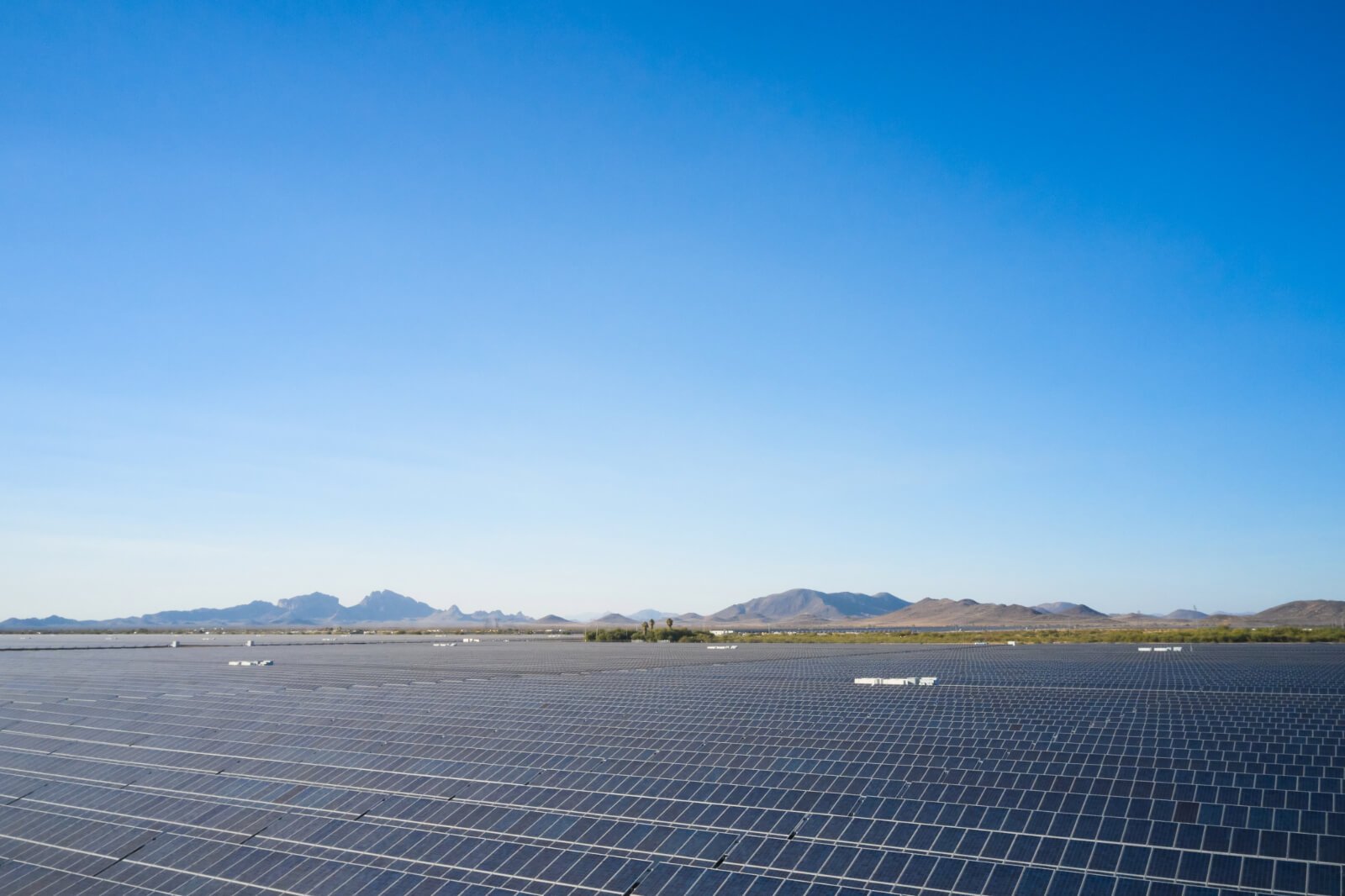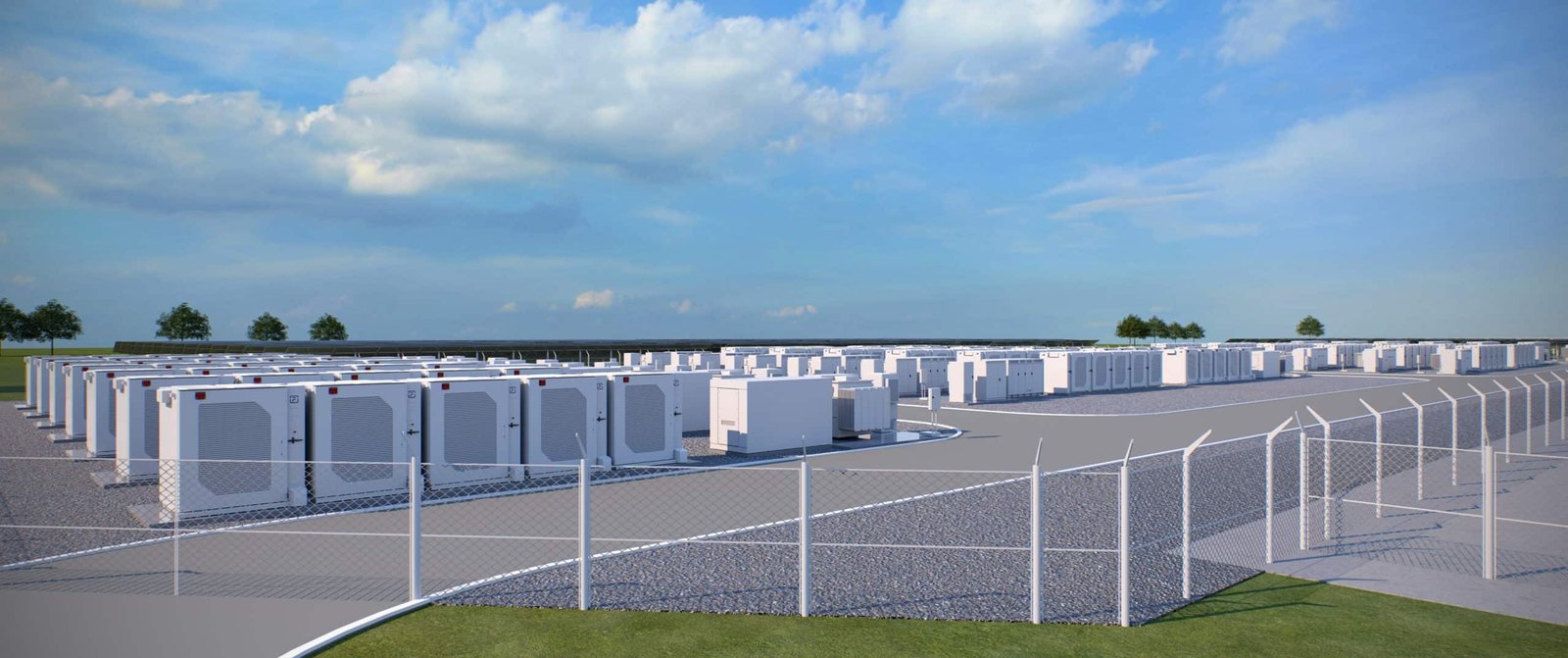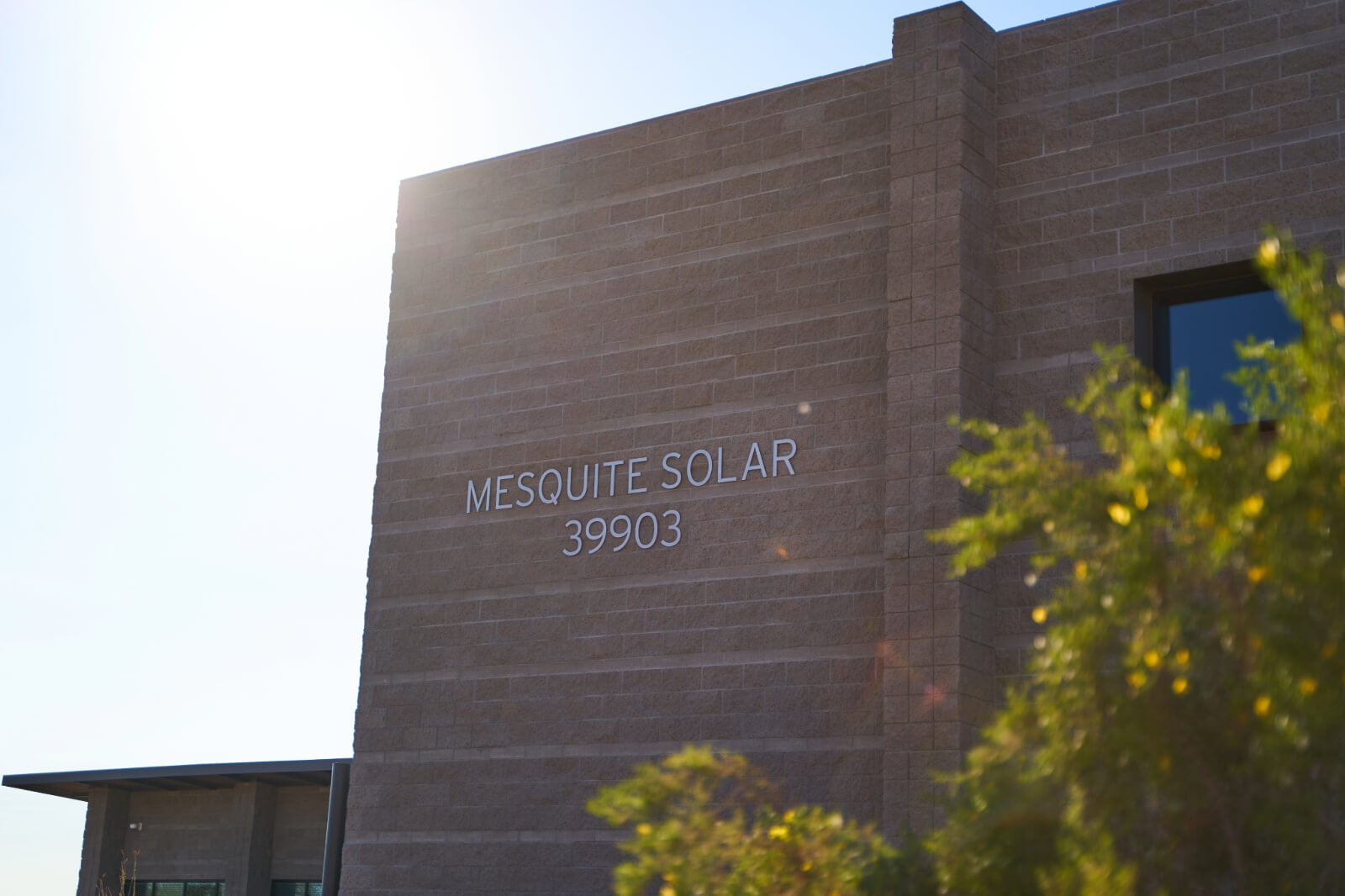Project introduction
Solar energy has become one of the most affordable and reliable sources of electricity available today. While increasing our energy reliability and independence, it can drive economic growth in local communities though job creation and tax revenue, and contributes to environmental sustainability as we transition to our clean energy future.
Mesquite Solar will provide millions of dollars in new tax revenue to Maricopa County through its lifetime, that can reduce the tax burden on residents and/or be used to increase county budget to support essential services, including schools, roads, fire departments, and first responders. RWE Clean Energy is active in the community by engaging with local organizations and nonprofits and by giving back through a range of community events and opportunities.
Landowners who choose to harvest solar power are following a long tradition of using their land responsibly to produce food, fiber, and fuel. Mesquite Solar is located on private property, offering participating landowners a reliable source of farm income over the 35- to 40-year life of the project. Landowners who choose to host the clean energy facility have the opportunity to reinvest in their farming operations, save for retirement, and use their increased purchasing power to support local businesses throughout the community. Moreover, soil on the land can rest and rehabilitate during this period, making it more productive for future agriculture.


